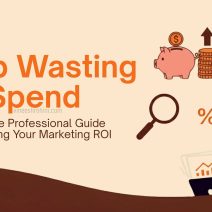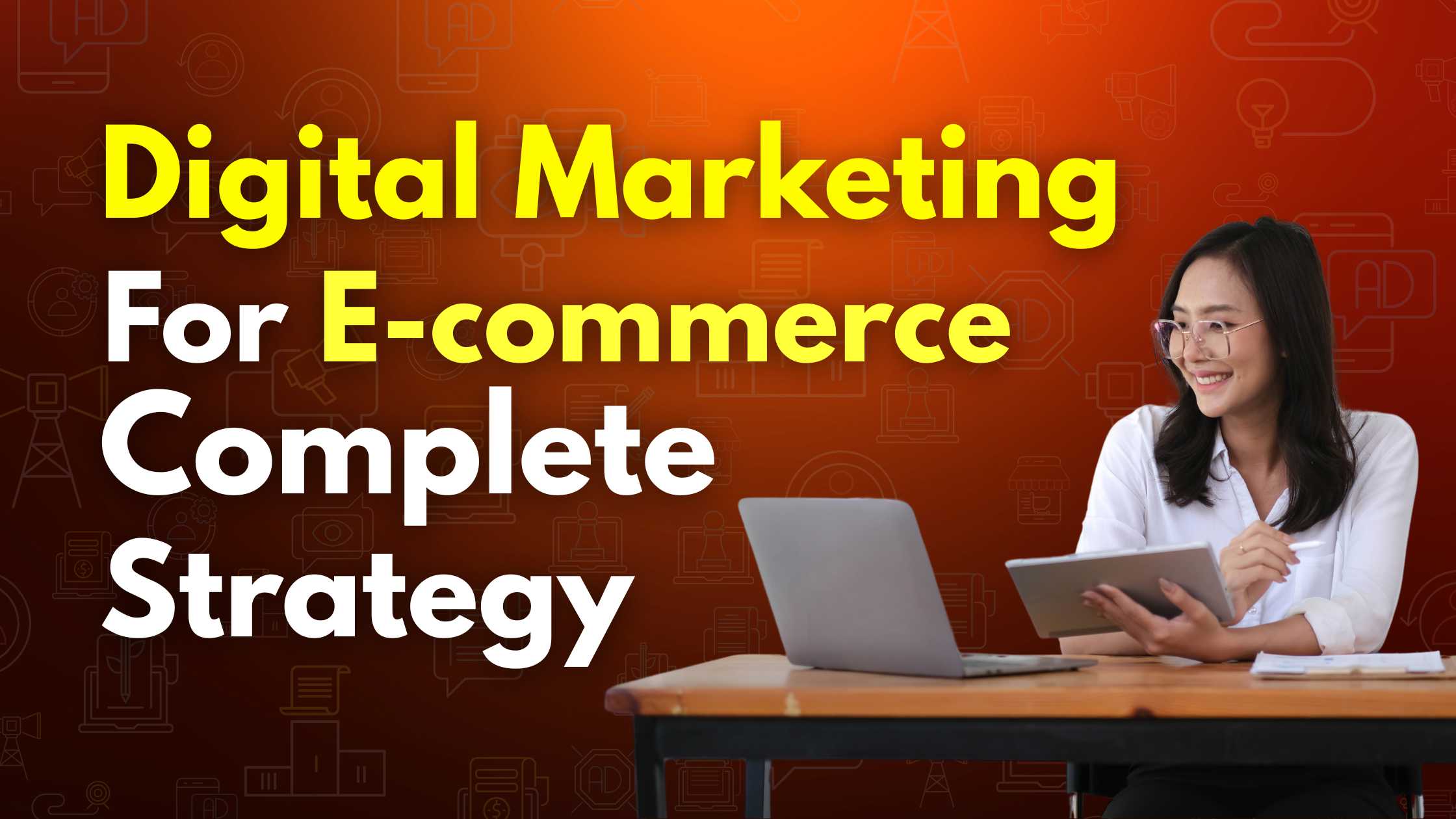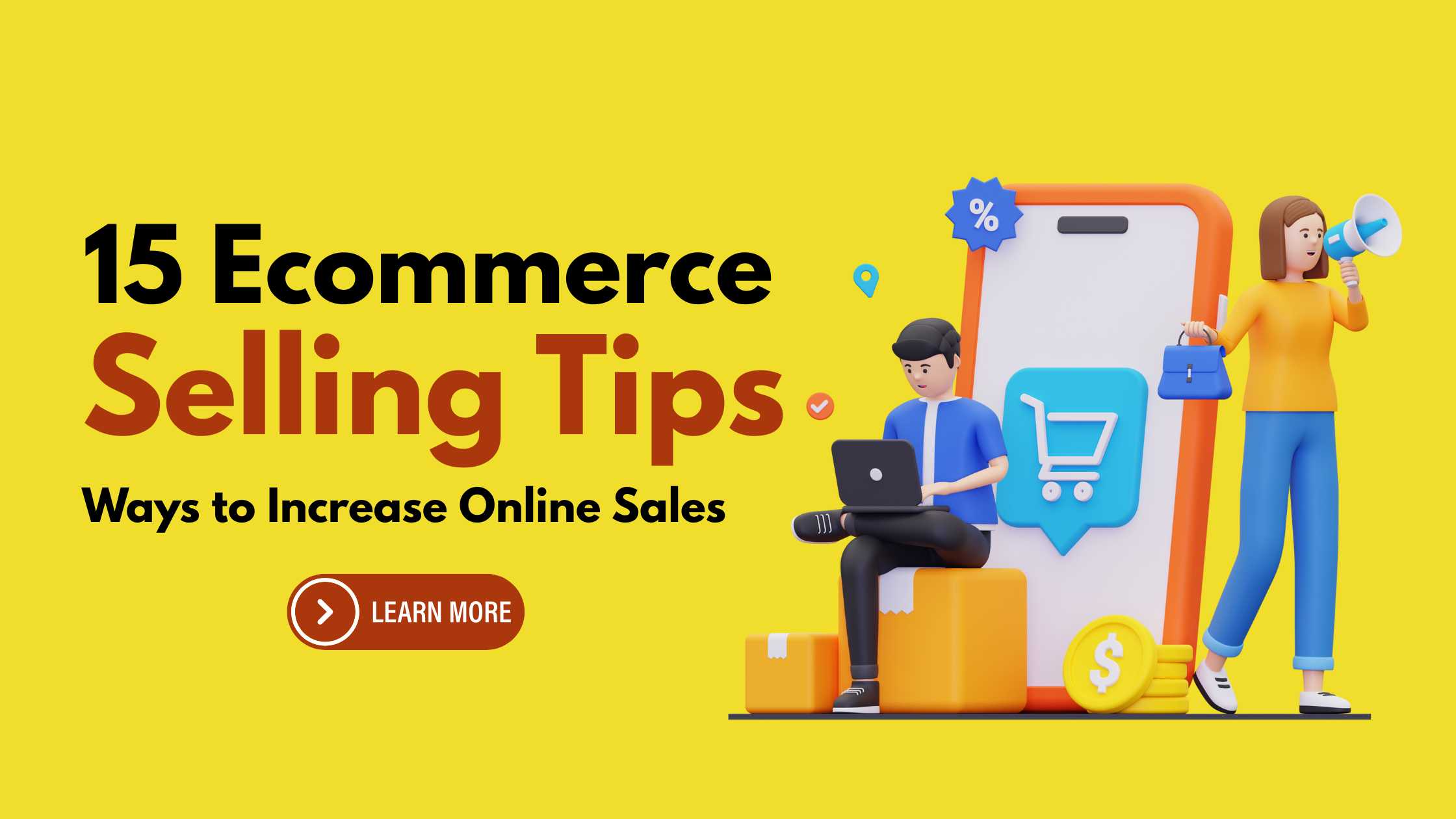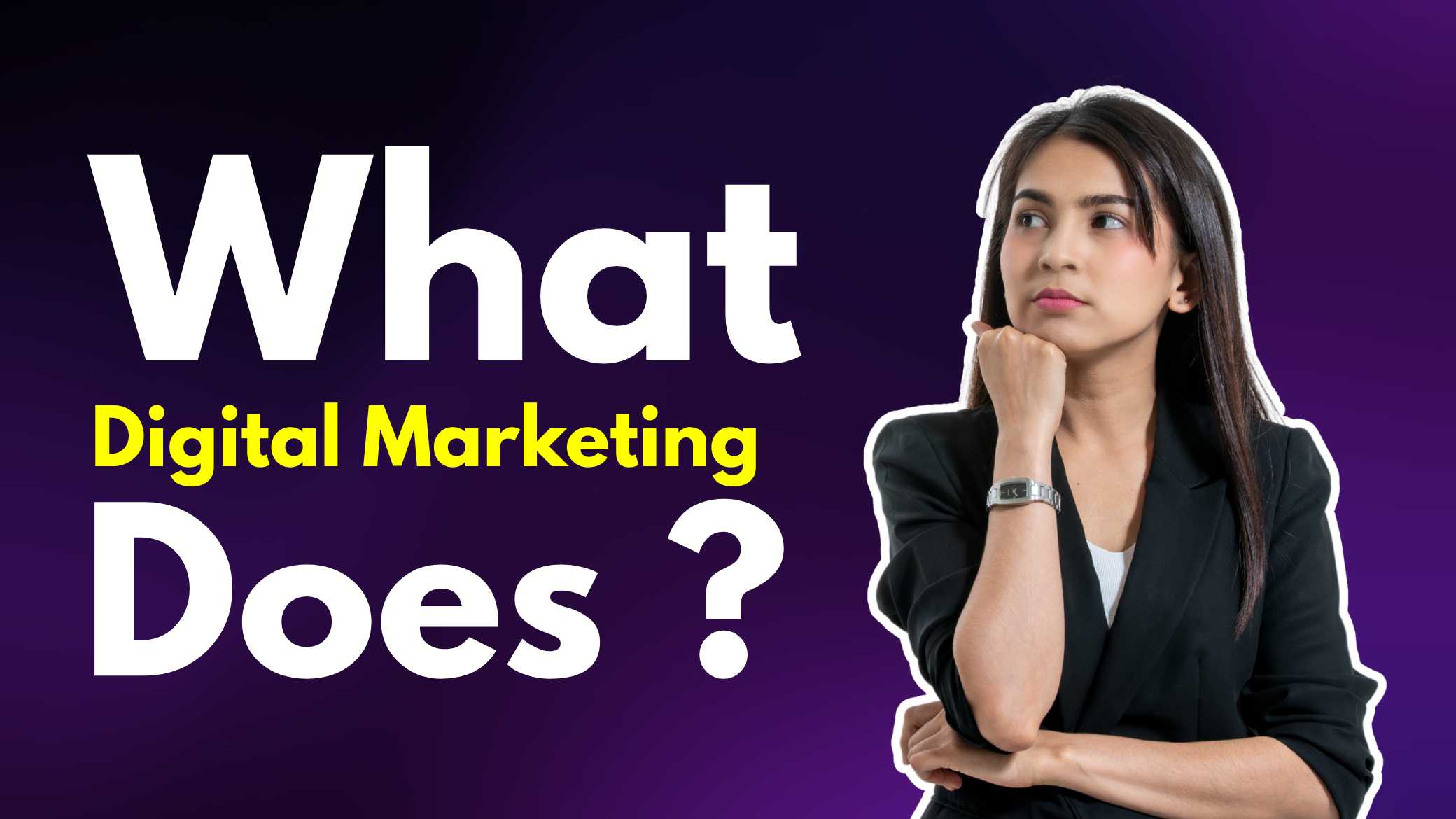Digital Marketing for E-commerce : In today’s fast-paced digital era, e-commerce has revolutionized the way businesses operate, making it easier than ever for brands to reach a global audience. However, with millions of online stores competing for attention, digital marketing has become a critical factor in determining the success or failure of an e-commerce business.
Table of Contents
Digital marketing for e-commerce goes beyond just setting up an online store and hoping for sales. It involves a strategic approach that includes SEO, social media marketing, paid advertising, content marketing, and email marketing to attract, engage, and convert potential customers.
Understanding how to use digital marketing effectively can mean the difference between a thriving online business and one that struggles to gain traction. In this comprehensive guide, we will explore how digital marketing can drive traffic, boost conversions, and maximize sales for your e-commerce business. Whether you’re launching a new online store or looking to scale your existing business, this in-depth essay will provide you with actionable insights and expert strategies.
Understanding Digital Marketing for E-commerce

What is Digital Marketing for E-commerce?
Digital marketing for e-commerce refers to the use of various online channels and techniques to promote products, attract customers, and increase sales for an online store. Unlike traditional marketing, which relies on print, television, and radio, digital marketing leverages search engines, social media, email, and paid ads to reach target audiences.
The main goals of digital marketing in e-commerce include:
- Driving targeted traffic to an online store
- Enhancing brand awareness and customer engagement
- Converting visitors into paying customers
- Building long-term customer loyalty
With the rapid growth of online shopping, businesses that fail to implement a robust digital marketing strategy risk losing out to competitors who effectively leverage online platforms.
Key Digital Marketing Strategies for E-commerce Success
1. Search Engine Optimization (SEO) for E-commerce
SEO is the foundation of any successful digital marketing strategy for e-commerce. It ensures that your online store ranks high in G search results, making it easier for potential customers to find your products.
How to Optimize Your E-commerce Store for SEO
- Keyword Research – Identify high-search-volume keywords related to your products. Use tools like G Keyword Planner, Ahrefs, and SEMrush to find profitable keywords.
- On-Page SEO – Optimize product pages with compelling titles, descriptions, image alt texts, and internal linking.
- Technical SEO – Improve site speed, ensure mobile responsiveness, and create a logical URL structure.
- Content Marketing – Publish blogs, guides, and videos related to your products to rank for long-tail keywords.
- Link Building – Gain backlinks from authoritative websites to boost domain authority.
By implementing SEO best practices, e-commerce businesses can increase organic traffic and reduce reliance on paid advertising.
2. Pay-Per-Click (PPC) Advertising for Instant Sales
While SEO takes time, PPC advertising provides an immediate way to drive traffic and sales. Platforms like G Ads and FB Ads allow e-commerce businesses to target potential customers based on demographics, interests, and search intent.
Types of PPC Campaigns for E-commerce
- G Shopping Ads – Display product listings directly in search results.
- Search Ads – Appear at the top of G when users search for relevant keywords.
- Display Ads – Show banner advertisements on websites that your target audience visits.
- Remarketing Ads – Retarget visitors who left your store without making a purchase.
With data-driven PPC campaigns, e-commerce stores can increase conversions and maximize ROI.
3. Social Media Marketing for Brand Growth
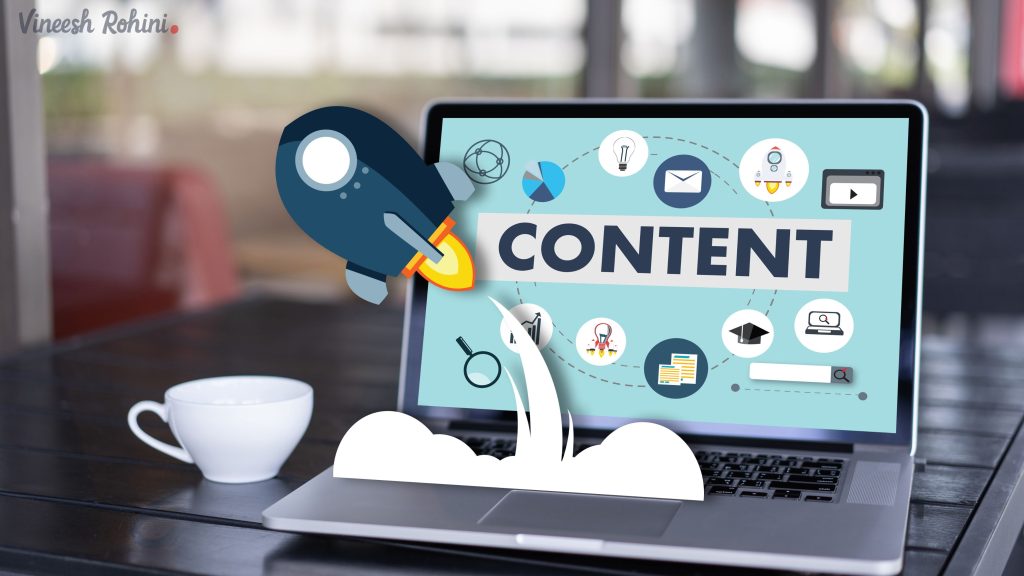
Social media platforms like Insta, FB, TikTok, and Pinterest play a crucial role in building brand awareness and driving e-commerce sales.
Best Social Media Strategies for E-commerce
- Insta Shopping – Use shoppable posts to allow users to buy products directly from your feed.
- FB Marketplace & Ads – Leverage FB’s powerful targeting to reach potential buyers.
- TikTok Marketing – Use viral challenges and influencer partnerships to promote products.
- Pinterest for E-commerce – Optimize pins for product discovery and link them to product pages.
Social media is also a powerful engagement tool where brands can connect with customers, run promotions, and encourage user-generated content.
4. Content Marketing: Building Authority & Trust
E-commerce businesses that invest in content marketing can drive organic traffic, educate potential customers, and establish authority in their industry.
Types of Content That Work for E-commerce
- Blog Posts – Write product guides, comparison articles, and how-to content.
- Video Marketing – Create product demos, unboxings, and explainer videos for YT and social media.
- Infographics – Share visually engaging product benefits and features.
- Email Newsletters – Use valuable content to keep customers engaged and informed.
By providing high-quality, informative content, e-commerce brands can attract more potential buyers and improve customer retention.
5. Email Marketing for Customer Retention & Repeat Sales
Unlike social media or paid ads, email marketing allows e-commerce brands to build direct relationships with customers.
How to Use Email Marketing Effectively
- Welcome Emails – Create a strong first impression and offer discounts to new subscribers.
- Abandoned Cart Emails – Recover lost sales by reminding customers about unfinished purchases.
- Product Recommendations – Use AI-driven personalization to suggest relevant products.
- Loyalty & Rewards Emails – Encourage repeat purchases with exclusive discounts and offers.
With automation and segmentation, email marketing can boost conversions and improve customer lifetime value (CLV).
6. Influencer Marketing: Leveraging Social Proof
Partnering with influencers and brand ambassadors can significantly boost e-commerce sales. Influencers have highly engaged audiences that trust their recommendations.
How to Use Influencer Marketing for E-commerce
- Micro-Influencers – Work with influencers with 10K–100K followers for targeted, cost-effective promotions.
- Unboxing & Reviews – Send free products for honest reviews on YT or Insta.
- Affiliate Marketing – Offer commissions to influencers for every sale they generate.
When done right, influencer marketing can provide high ROI and increased credibility.
7. Conversion Rate Optimization (CRO) for More Sales
Driving traffic to your online store is only half the battle—converting visitors into customers is the ultimate goal.
Proven CRO Techniques for E-commerce
- Optimize Product Pages – Use clear CTAs, high-quality images, and persuasive descriptions.
- Simplify Checkout Process – Reduce cart abandonment with a one-page checkout.
- Offer Multiple Payment Options – Include PayPal, credit cards, and Buy Now Pay Later (BNPL) solutions.
- Live Chat Support – Address customer concerns instantly for a smoother shopping experience.
By improving user experience (UX) and eliminating friction, e-commerce businesses can increase conversion rates and maximize revenue.
Measuring Success: Key Performance Indicators (KPIs) for E-commerce Marketing
To determine whether your digital marketing efforts are working, tracking the right KPIs (Key Performance Indicators) is essential.
Top E-commerce Marketing KPIs
- Website Traffic – Number of visitors from organic, social, and paid sources.
- Conversion Rate – Percentage of visitors who make a purchase.
- Customer Acquisition Cost (CAC) – How much it costs to acquire a new customer.
- Customer Lifetime Value (CLV) – The total revenue a customer generates over time.
- Return on Ad Spend (ROAS) – Effectiveness of your paid ad campaigns.
By analyzing these KPIs, businesses can refine their digital marketing strategies for continuous growth.
Conclusion: Mastering Digital Marketing for E-commerce Success

In today’s competitive market, digital marketing is the backbone of a successful e-commerce business. By implementing a multi-channel strategy that includes SEO, PPC, social media, email marketing, influencer collaborations, and conversion optimization, e-commerce businesses can attract more customers, increase sales, and build long-term brand loyalty.
Buy Now : SEO Mastery Detailed Course
Would you like this formatted for WordPress, Shopify, or a blog post template for easy publishing? Let me know how I can refine it further!


